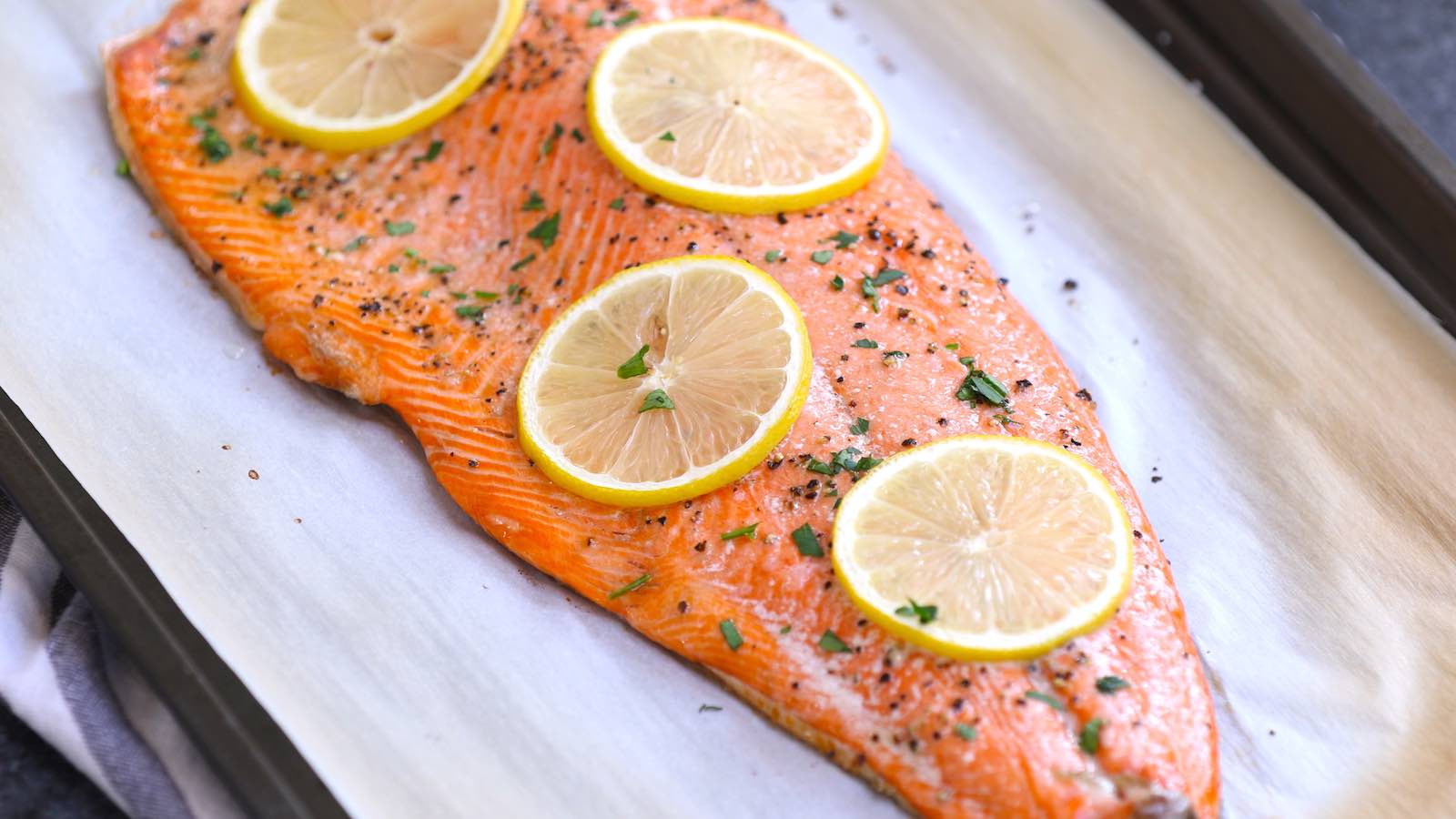Sockeye salmon, also known as red salmon, is one of the most popular and delicious salmon species. With its bright red-orange flesh, rich flavor, and high omega-3 content, sockeye salmon makes an amazing meal.
While you can cook a whole salmon, filleting it first makes it easier to portion and cook evenly. Filleting salmon may seem intimidating, but with the right techniques and tools it’s surprisingly easy. Here is a step-by-step guide on how to fillet sockeye salmon like a pro
Getting Started
Before filleting, make sure you have the following:
- A whole, scaled sockeye salmon
- A large cutting board or other clean work surface
- A long, sharp fillet knife or chef’s knife
- Kitchen shears (optional)
- Fish tweezers or needle nose pliers (optional)
Prep the salmon by
- Rinsing thoroughly under cold water and patting dry
- Removing the gills by slicing them out or snipping with kitchen shears
- Cutting off the fins, tail, and head (optional)
Fins, tail, head, and scales can be removed either before or after filleting. Doing it beforehand helps hold the fish steady.
Fillet the First Side
-
Place salmon on cutting board, belly side down. Position yourself in front of the head facing the tail
-
Make an incision along the back of the salmon, cutting down to the backbone from the tail to the gills.
-
Glide knife along the ribs, keeping blade flat against bones. Apply light pressure towards bones to cut fillet free.
-
Frequently lift and tilt knife to see separation between fillet and bones. Cut towards tail.
-
When reaching belly cavity, stop cut. Flip knife horizontally and finish separating fillet.
-
Remove fillet and set aside. Repeat steps on other side.
Key tips:
- Work slowly and deliberately, letting the knife do the work
- Keep knife blade flush to bones to maximize meat
- Lift fillet flap with one hand if needed for visibility
Trim the Fillet
-
Lay fillet skin-side down. Using tip of knife, slice under rib bones to free meat.
-
Cut rib meat free from bones. Use fish tweezers to pull out pin bones if needed.
-
Trim any ragged edges or remaining scales with knife or kitchen shears.
-
Slice collar off using natural seam behind collarbone.
-
Repeat trim on second fillet. Rinse fillets and pat dry.
Filleting tips:
- Remove ribs and collarbones for easy portioning
- Inspect for and remove small pin bones
- Chill fillets immediately after trimming
Fillet Like a Pro
With the right technique, filleting salmon is quick and easy. Follow these pro tips:
- Use a sharp, thin-bladed knife for precision
- Work on a secure cutting board with plenty of space
- Rinse knife periodically to prevent sticking
- Cut smoothly in one direction, don’t saw back and forth
- Apply light pressure towards bones, not down into flesh
- Lift fillet and reposition knife to stay on track
- Remove ribs, collarbone, fins for clean fillets
- Chill fillets as soon as possible after filleting
Prepare, Cook, and Store
Once filleted, sockeye salmon fillets can be cooked in many ways. Frying, baking, and grilling are popular preparation methods that lock in moisture and flavor.
Salmon should be cooked to an internal temperature of 145°F. When opaque and flaky, it’s done.
Fillets can be stored in the refrigerator for 2-3 days. For longer storage, wrap tightly in plastic and freeze. Frozen fillets will keep for 2-4 months.
Thaw frozen salmon overnight in the fridge before cooking.
Master Fillet Techniques
With practice, you’ll be able to cleanly fillet sockeye and other salmon varieties with ease. Having a sharp knife designed for fish and using proper cut placement is key. Work slowly, let the knife glide along the bones, and lift the fillet as you go.
In no time, you’ll be enjoying beautiful salmon fillets ready to cook and serve. Filleting your own wild-caught salmon results in fresher, better quality meat and allows you to control portions. Get ready to enjoy more of this omega-3 powerhouse fish!

How to Fillet a Sockeye Salmon
FAQ
Should you rinse sockeye salmon before cooking?
Does Salmon Need To Be Rinsed? Salmon does not need to be rinsed before cooking, says Dr.Apr 8, 2025
Is sockeye salmon healthier than regular salmon?
